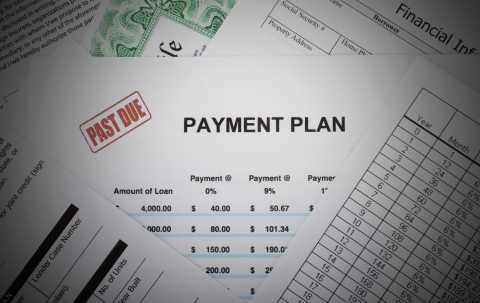Research from the U.S. Government Accountability Office (GAO) found that 3.4 million American borrowers used the federal mortgage forbearance provision during the COVID-19 pandemic. The report suggests that forbearance helped reduce the risk of default and foreclosure to improve housing stability, particularly among the low-income and minority households hit hardest by the pandemic.

The mortgage forbearance provision in the federal CARES Act allowed borrowers with mortgage loans insured, guaranteed, made directly, purchased or securitized by federal entities like the FHA, USDA, Fannie Mae and Freddie Mac (which account for about 75 percent of all U.S. mortgages) to temporarily suspend their monthly mortgage payments. Although a federal foreclosure moratorium was also in place during this period, forbearance allowed borrowers to pause payments without servicers charging additional penalties, helped establish repayment plans or loan modification, and offered the option of extending forbearance through September 30, 2021.
Forbearance was widely used by mortgage borrowers, indicating significant need for the program. About 3.4 million households used the provision at its peak in May 2020, accounting for roughly 7 percent of all single-family mortgages. During that period, 7.98 percent of mortgage loans nationally were past due, with 4.26 percent seriously delinquent, according to the Mortgage Bankers Association. Use of forbearance dropped significantly after June 2020, as many borrowers did not extend their initial forbearance period.
GAO found that forbearance was more common among first-time, Black, Hispanic, low- and moderate-income households. These groups were far more likely to have lost income during the pandemic. Forbearance was also much more common among borrowers with mortgages insured by the Federal Housing Administration and rural borrowers with loans guaranteed by the Rural Housing Service.
GAO estimates that less than one percent of eligible borrowers who missed payments and would have been eligible failed to use the forbearance option. The report suggests that this may have been because households were not aware of the option or feared contacting their servicer. Although servicers were required to inform borrowers with missed payments about forbearance, GAO found that some servicers provided misleading or false information about the terms and requirements.
Mortgage delinquency rates have been declining but remain higher today than before the pandemic. The Mortgage Bankers Association reports that as of the second quarter 2021, 6.12 percent of mortgage loans nationally are past due, compared to 4.41 percent during the same period of 2019. In Vermont, 5.28 percent are past due, compared to 4.36 percent before the pandemic.
As of February 2021, the average borrower in foreclosure owed an average of $8,300 in overdue payments. The federal foreclosure moratorium expires on July 31, 2021. Many of these households will struggle to repay their past due balance, and GAO estimates that despite rapidly increasing home prices, about 2 percent of all borrowers do not have enough equity in their homes to cover their mortgage if the property were sold.
Although the federal government has initiated some continued restrictions on the foreclosure process and has offered loss mitigation assistance for homeowners, direct and continued financial assistance will be needed to help avoid the long-term loss of homeownership experienced during the Great Recession. VHFA’s upcoming Homeowner Assistance Fund program will not only help eligible moderate-income homebuyers with overdue mortgage payments but is also expected to help with property taxes, utilities, and home repairs to prevent displacement.

